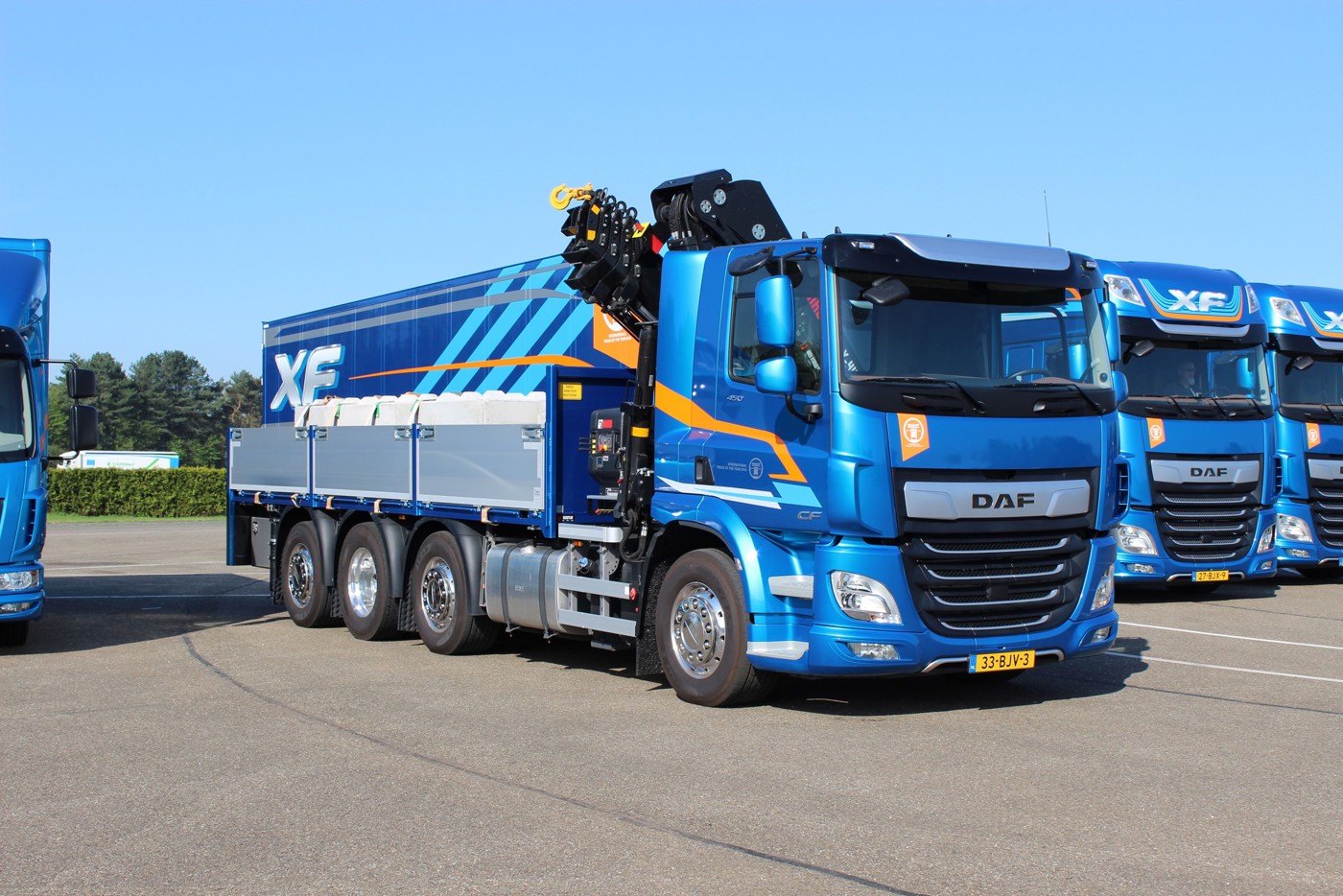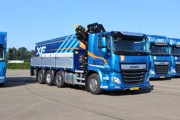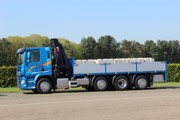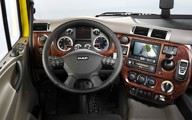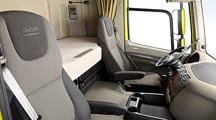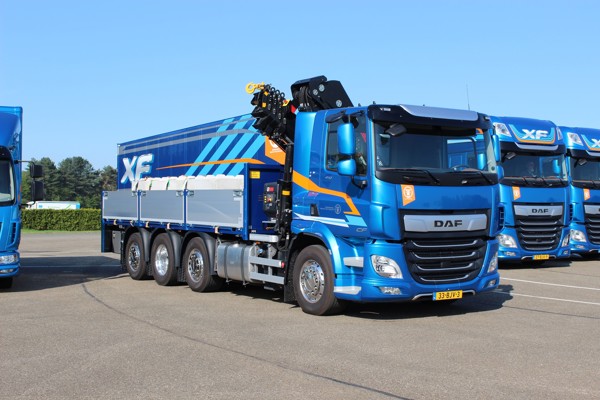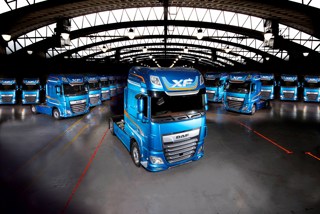Review
Engineers have done a good job with the latest CF cab facelift. By Tim Blakemore
The total UK truck market (at 6.0 tonnes gvw and above) shrank a little last year, down 2.6% to just more than 45,000 registrations from 46,200 in 2016, a report shows.
It lists the four top-selling truck manufacturers, in descending order, as Daf (down 4.4% year-on-year), Mercedes (up 9.0%), Scania (down 6.4%) and Volvo Trucks (up 1.5%).
That is about the limit of what is revealed by the latest skimpy truck registration information, published frustratingly late as always, from the Society of Motor Manufacturers and Traders (SMMT).
Dig a little deeper into 2017 truck sales figures from non-SMMT sources and you will find bigger and more intriguing variations from one sector to another.
One of the most volatile recently has been the multi-axle rigid sector where Scania continues to rule the roost in eight-wheeler sales but with Volvo snapping at its heels more fiercely than for a long time, closely followed by Daf Trucks.
So, when I was faced with a line-up of five of the latest models from Daf’s CF range at the company’s test track in the Netherlands last month, the one I reckoned would be of particular interest to many UK operators is an eight-wheeler – the CF 450 FAQ.
The three-letter suffix in Daf’s model identification system tells you that this is an 8x2, with a tridem (three-axle) bogie with two axles, one ahead of the drive axle and one behind it, that are both liftable and steered.
Tridem eight-wheelers attracted little interest in the UK until a few years ago when Volvo began to push the idea, mainly to operators looking to combine the manoeuvrability of a six-wheeler with the payload-carrying ability of an eight-wheeler.
Daf soon jumped on the eight-wheeler tridem bandwagon and after a slow start sales began to climb healthily.
A closer look at the latest FAQ and a short drive on the test track and surrounding roads left me with the strong impression that this growth is set to accelerate.
This eight-wheeler’s maximum plated gross weight in the Netherlands is 36 tonnes, with a nine tonne limit on the steel-sprung front axle, eight tonnes on the leading tridem axle, 11.5 on the drive axle, and 7.5 on the trailing axle, all air-suspended.
With a Hiab crane mounted behind the cab and concrete blocks on its dropside body this test truck grosses around 30 tonnes.
The CF cab is definitely starting to show its age (it dates back to just before the crash of the old Daf Trucks in 1993, three years before the Paccar takeover) by comparison with the latest offerings from the likes of Scania, Mercedes-Benz, Renault Trucks and Volvo.
But Daf engineers have done a good job with the latest CF cab facelift. Rumours abound about a wholly new Daf cab under development. Everyone at the Paccar company, naturally, remains tight-lipped on the subject.
The most impressive aspect of this truck from a driver’s point of view is surely its ZF TraXon 12-speed, automated manual gearbox (AMT).
Daf was slow by comparison with rivals in moving from manual to automated manual gearboxes. Yet it has been among the front-runners in adopting the latest TraXon, a replacement for the AS Tronic.
The performance of this eight-wheeler makes Daf’s enthusiasm for the TraXon easy to understand.
All shifts, up and down, are silky smooth and perfectly timed. Ratios and shift points match the characteristics of the CF’s 10.8-litre MX-11 engine flawlessly.
Model tested: Daf CF 450 FAQ eight-wheeler



